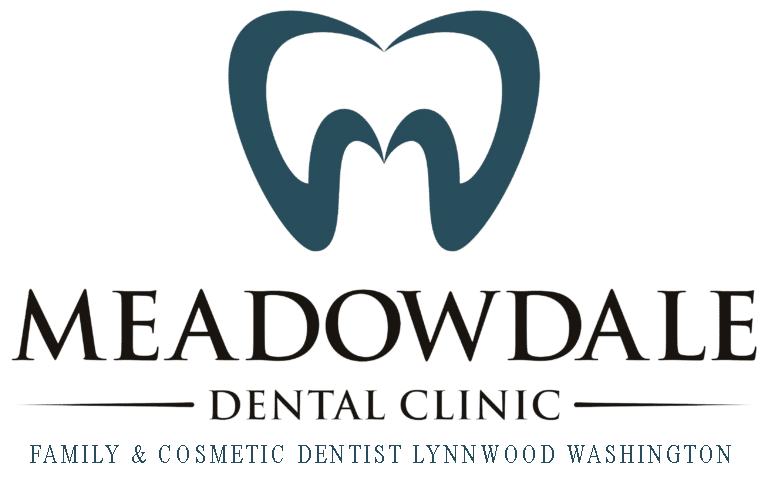Contact Meadowdale Dental Clinic Today (425) 742-9609
Signs of Gum Disease
The Center for Disease Control and Prevention (CDC) has estimated that over half of all adults over the age of 30 have some form of gum disease. In most cases, these adults don’t even know it because the gum disease is either very mild or they do not know what the symptoms and signs of gum disease are. If caught early, gum disease is easily treatable and does not have any long term damaging effects. Left untreated however, gum disease can cause your teeth to fall out and significantly impact your oral health. It is important to pay attention to your mouth and be aware of the signs of gum disease.
All gum disease begins as gingivitis. Gingivitis is typically mild and often goes unnoticed. Gingivitis begins with tartar and plaque build up on the teeth. This eventually leads to inflammation of the gums. When the gum line becomes inflamed it is the beginnings of gum disease. Over time, if left untreated, gingivitis will eventually turn into periodontitis. Periodontitis is much more severe and impactful on the overall health of your mouth. Periodontitis infects the gum tissues and eventually the bone tissues surrounding your teeth. This can cause serious pockets and infection. It can also ultimately cause your teeth to fall out.
Stages of Gum Disease
The stages of gum disease are nearly universal for all adults. In the beginning, the gingivitis is easily treatable, but as the stages progress the periodontitis becomes damaging and harder to treat. The best way to stay on top your oral health is to visit your dentist regularly. They can monitor the gingivitis as it progresses and can prescribe treatment plans to help stop it before it goes to far.
Gingivitis always starts as mild irritation caused by a bacterial infection of your gums due to the build up of plaque and tartar. The most obvious signs of the onset of gingivitis are inflamed gums and minor bleeding when you brush or floss. Due to the minor severity of these signs, most people simply write them off and go about their lives. Over time these symptoms can become worse and more obvious. The bleeding will increase while brushing or flossing and the gum line will look more irritated and inflamed.
As the gingivitis progresses to periodontitis, you will begin to notice more severe signs of gum disease. The irritation in your gums may turn into pockets between your teeth and gums. This may eventually lead to loose teeth and structural changes in your bite. If your gum disease has progressed to this point, it may have reached a stage of irreversibility.
If you have gingivitis or periodontitis, there are treatments available. If caught early enough, gingivitis is reversible. In many cases, taking better care of your mouth by brushing and flossing more frequently will do the trick. Your dentist will probably do a much deeper cleaning than normal to really get at the plaque and tartar. You may also be prescribed anti-microbial mouthwash to treat the infection. If your gum disease has progressed too far, your dentist will probably recommend that you visit a periodontist that specializes in gums.
More on Gum Disease : What is Gum Disease?
